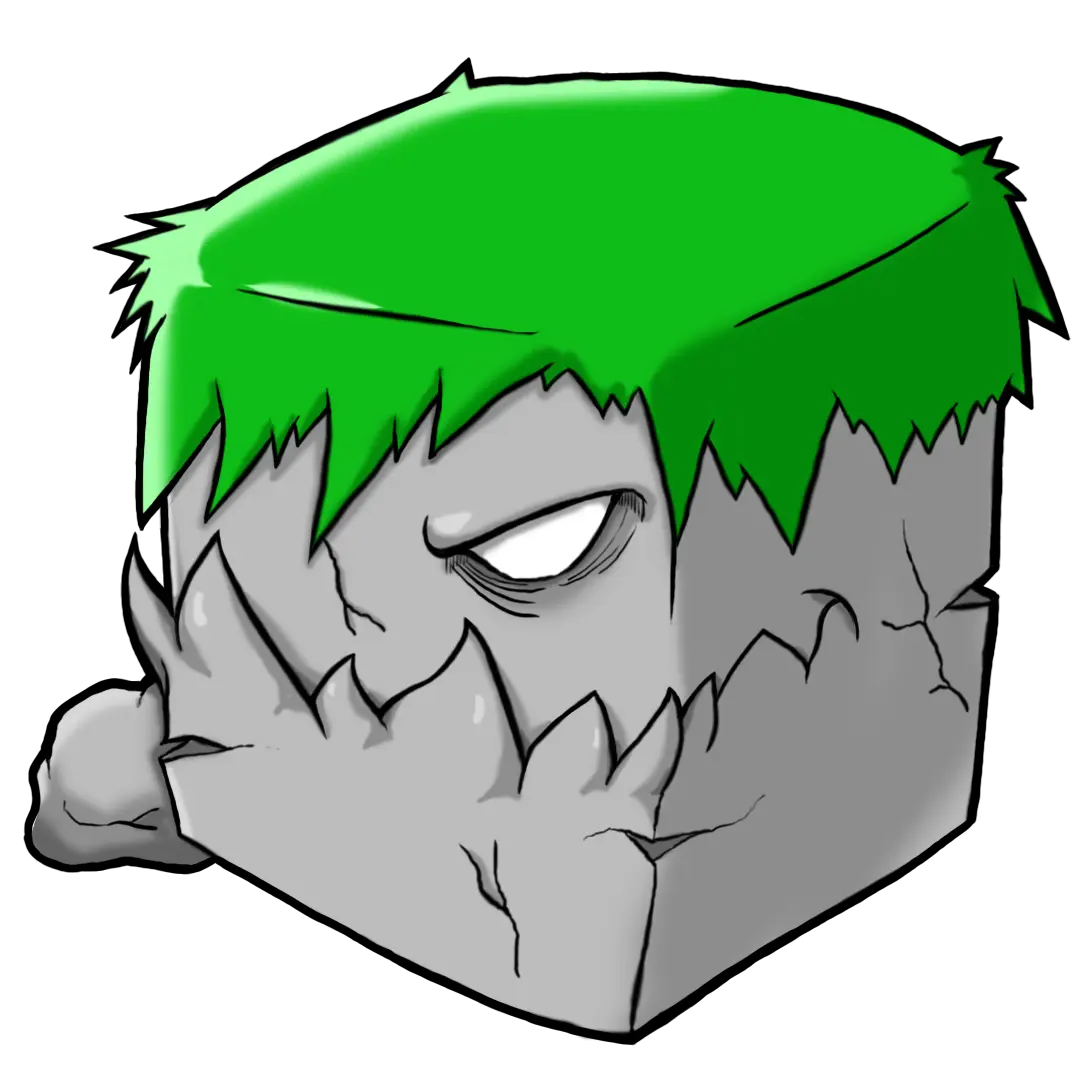When you're in a creative slump, the most common advice you hear is to "look at a lot of other artists' work," but you often find yourself walking around galleries and museums and not feeling inspired. I used to do the same thing. I would look at famous works and say, "Wow, that's amazing," but I didn't know how to connect it to my own work.
Then, in a workshop by an art critic, he said something that struck me: "The most important skill an artist needs is not an eye to see, but an eye to dissect." He meant that real learning happens when you go beyond just looking at a piece of art and dig into how it was made and what the artist's problem was.
That's when I started to look at art research from a whole new perspective: not just looking at good art, but actively analyzing, deconstructing, and reassembling it from the perspective of the creator.
Prompt.
복사
Please respond as an expert in art research methodology.
**Research Objective**.
- Creative field: [the artistic genre I work in].
- Current Concerns: [a point in my work that I want to break through].
- Areas I want to reference: [artists/periods/techniques I'm interested in]
**Systematic Art Research Strategy
Step 1: Anatomy of the work
- Analyze techniques and materials (how was it made?)
- Deciphering compositional and color principles (why was it arranged this way?)
- Exploring the historical context and social background
Second: Tracing the creative process
- Trace the artist's thought process through the study of his/her habitual works and sketches
- Analyze the relationship of influences with other contemporaries
- Discovering links between personal history and the world of art
3rd: Contemporary Interpretation
- Exploring the current applicability of past techniques
- Designing experiments that fuse with [my work style]
- Creative transformation methods beyond homage and parody
4th: Experimental application
- Planning a series of works using the elements analyzed
- Iterative learning process through failure and success
- Developing your own unique sculptural language
Please include specific research tools and methods of documentation.
After six months of applying this systematic research methodology, I saw some really amazing changes. The biggest change was that my perspective on other artists' work completely changed. Instead of just saying, "Is it pretty or not pretty?", I found myself asking analytical questions like "Why did this artist choose this color?" and "What is the intention behind this composition?".
Using Picasso's Guernica as an example, I was able to trace the hundreds of sketches he made for the painting chronologically, rather than just looking at the finished product, and the artist's thought process was vividly revealed, giving me a glimpse into the intimate moments of his creative process: "Oh, he struggled with this part," "He changed direction here," and so on.
When I applied these insights to my own work, it took on a whole new dimension: I wasn't just copying a technique, but understanding the "structure of thought" behind it and interpreting it in my own way.
When I had my solo exhibition a year later, I was told by viewers and critics that my work had a different depth to it, which I attributed to the art historical knowledge I had gained through my research.
Like it
60
Love it
Like it
Slightly like it
Comments
0
Write a comment
Money is the canvas on which you dance, what are your assets?
What if we looked at assets as works of art? Just as a painter mixes paints to create new colors, we can mix and matc...
Manage system vital signs prompt
"The server is dead, why didn't anyone notice?" It's the most dreaded call you get in the middle of the night. Your u...

